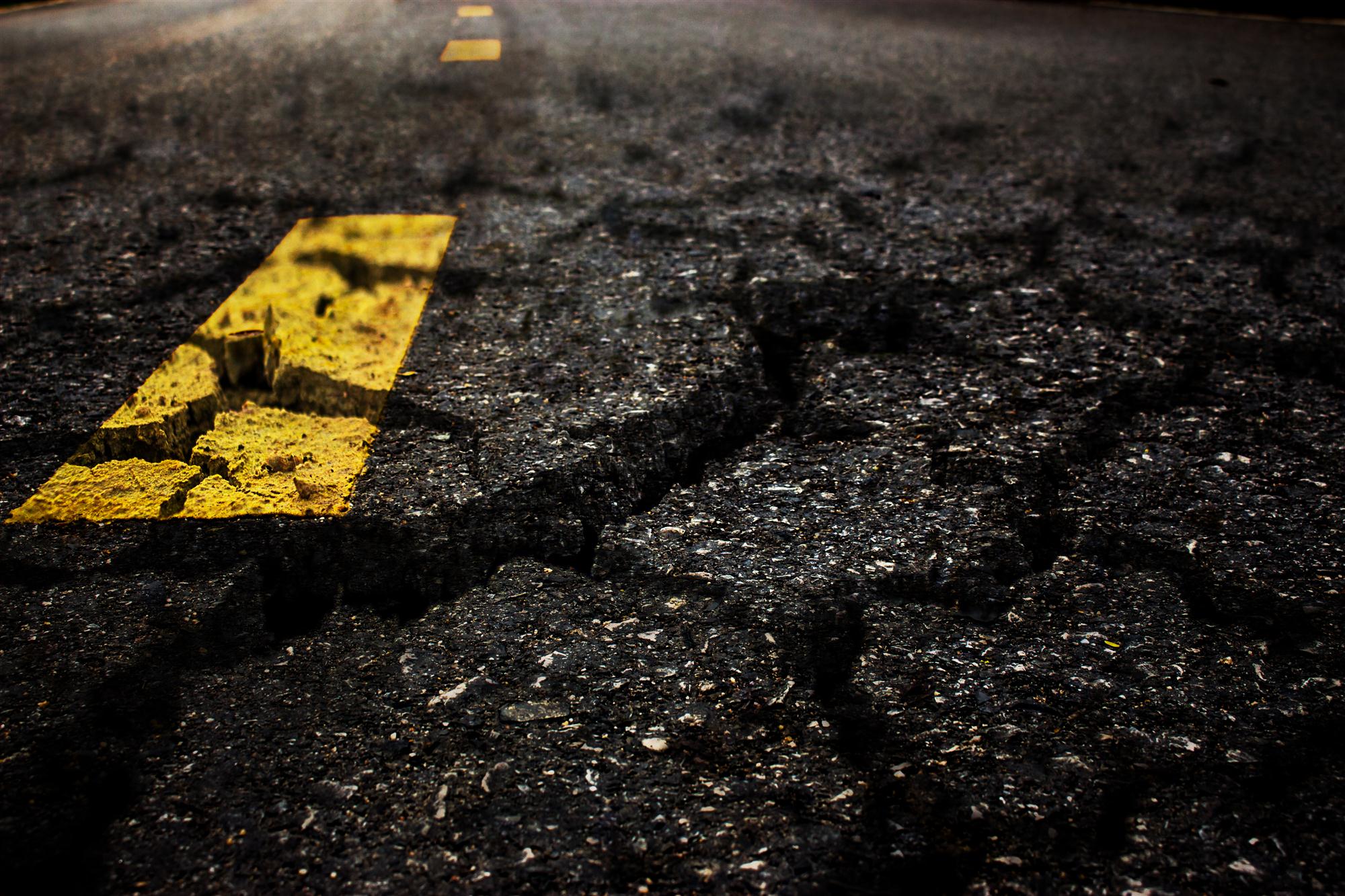Despite small signs of progress, Myanmar’s roads are a major inhibition on the logistics industry and the emerging Southeast Asian economy.
Roads become so much more significant in a country where the rail network is threadbare (and its upgrade close to a decade off) and river transport is limited to the rainy season. Even then, policy and resources seem to be doing their best to thwart better use of the roads.
Key evidence for this is two-fold: the curfew on trucks in the capital Yangon and, even more so, the truck ban on the recently improved highway between Yangon and Myanmar’s northern centre, Mandalay. This is the country’s principal but, it must said, limited trade axis.
“Trucks can’t get on,” Allan Davidson, general manager of self-drive and hire specialist Yoma Fleet, told Asia Cargo News. There is a codicil he acknowledges: 10-wheelers can get on if they are carrying perishable cargo. Effectively, the country’s main road is closed to all semi-trailer vehicles.
“Buses and coaches are allowed on the road with axle weights higher than would be the case with 22-wheeled trucks. They could even put a weight limit on it , a la Switzerland did with 28 tons gross in days gone past,” Paul Apthorp, vice chairman of FRETA, the greater Mekong subregion’s freight transport association told Asia Cargo News.
Big implications arise from this. The most telling is the rebranding of the old route north as the “Highway of Death.”
“You have hundreds of 12-wheelers and semi-trailers going through small towns and villages with children on foot and bikes everywhere. These trucks are passing both ways night and day and no one is counting the number of deaths on that route,” said Apthorp.
Then, of course, there are the economic consequences of so draconian a ban. It has knocked back the road haulage industry in a very damaging way, requiring the industry to take a route of 642 kilometres of much slower secondary roads. Given an average speed of 30 kilometres per hour on those roads, the secondary roads route takes three days to complete; if the new highway was opened to trucks, it would take 12 hours. In neighbouring Thailand, the Bangkok-to-Chiang Mai route, which clocks in at 689 kilometres, can be done in eight hours.

Myanmar’s small industry is vocal and active in its own defence, and like many other organizations, it is using the country’s restored democracy to put up its case.
“We would like to propose [the road be opened] up to 12-wheel trucks, and not limit the cargo,” Aung Khin Myint, chairman of Myanmar International Freight Forwarders Association (MIFFA), told Asia Cargo News. That, he added, would see shipping costs drop.
The ban came into effect because of concerns about what weight the new highway could support. In a country which has been a military dictatorship for decades, roads have been built – sometimes not properly – without any questions being asked or information being filed. “No-one has ever tested [the road],” is Davidson’s take.
What is being considered within the industry is bringing in an expert to do just that – test the road to see what, exactly, it can handle.
This, though, is not the only issue between the industry and the government. Computerization is seen as a must, and there is also an awareness that the country needs to take a more sophisticated approach to what is built. “We need proper truck terminals,” said Myint, adding they must have crossdocks.
Looming large in relations between industry and government – particularly the local Yangon government – is the 9pm-to-6am curfew facing truckers.
While Yangon ports fret over the curfew limiting their ability to unload cargo, the problem is doubled for Myint, who says the night curfew ban not only makes it difficult to move containers and other goods from ships, but also prevents onward movement until the next night. “Two days is gone,” he said adding, “we also pay extra for the night fees.”
With some 1,200 to 1,500 containers on the move daily (or nightly), it’s a cost spread across the industry that MIFFA has brought up with the government. MIFFA has proposed that when 10 trucks (with import cargo) are ready, they should be allowed to leave the port in convoy with a police outrider, just to ease the problem. The city government is considering the proposal, but so far, no changes have been announced.
In an era of connectivity, relations with other governments need to be considered; there are also mixed feelings about the need to deal with Myanmar’s two giant neighbours, India and China.
India’s reformist government is known to be keen on opening up a highway connecting its remote northeast to Myanmar and onwards to Thailand, but there is some drag, with drugs being one concern.
“Nothing can happen until there is a customs bonding system. FRETA has introduced [the TIR Convention] to the government, but they still don't know what to do. Thailand will also have to recognize customs transit, and they don't as of now. If we could have TIR, the route would open up, but until then, it is just another photo opportunity and per diem jolly for officials to talk about transit,” Apthorp said.
MIFFA’s Aung Kin Myint has more basic views: volume is simply insufficient for the route.
Further up the value chain, and the list of worries, is China.
Already, the problem of connectivity is being tackled on the ground with a four-lane highway from Mandalay to the border at Mu Se being built, as is one from Mandalay to Kyaukpyu, a port city. That, as well as China’s insistence on exclusivity and the sheer scale of China’s cash in the Belt and Road Initiative, is causing concern.
“We are afraid of pure Chinese money,” said Myint, offering an opinion widespread in Myanmar.
By Michael Mackey
Asia Cargo News | Yangon



